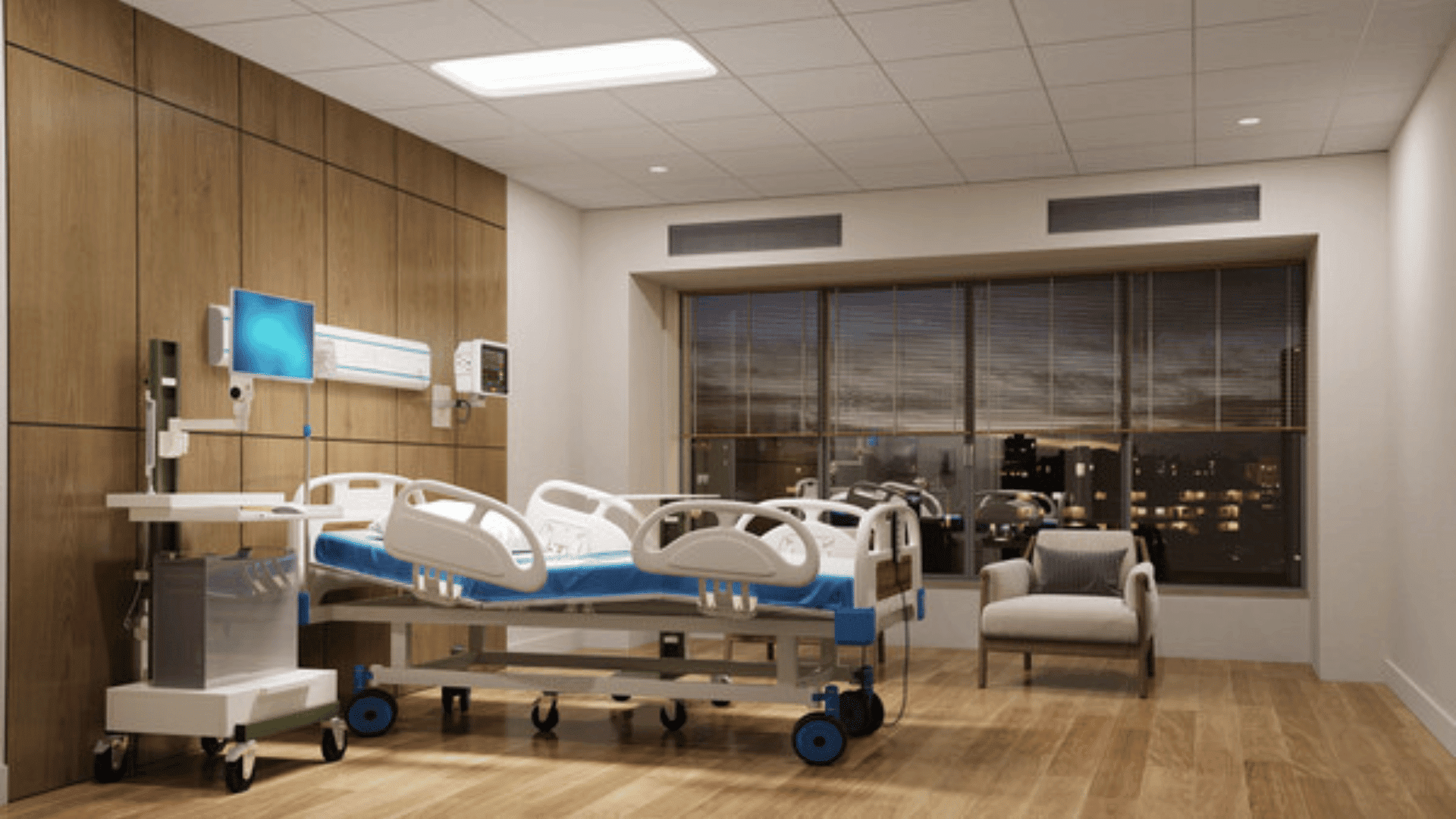For some artists, inspiration can come from an object or beautiful sight or overheard conversation or something external. For others, inspiration strikes based on how a person interacts with those things or with the world at large. The latter is true for artist Andrea Zittel.
Zittel works with several different mediums of art from textiles (sewing and weaving tapestries), building furniture, painting, sculpting, etc. Through each medium she works with, however, her goal remains the same: to examine and gain new insights regarding human nature and the social construction of human needs.
Many of her designs and artistic experiments have allowed Zittel to find ways to not only make one’s daily routine more efficient but also allow one to attain more life satisfaction and creative freedom as an artist.
In the early 1990s, Zittel established ‘A-Z East’ in her Brooklyn studio which allowed her to prototype and test different artistic living experiments. For example, in 1991 she created the first ‘A-Z Six-Month Personal Uniforms’ which was a set of clothes that she wore every day for six month periods. She also produced an ‘A-Z Living Unit’ which was an experimental structure designed to reduce the things necessary for living into a compact system.
In 2000, Zittel moved the project she began in Brooklyn to a parcel of land in the California desert next to Joshua Tree National Park. After aptly renaming the project ‘A-Z West’ she continued her experimental art projects and began a new one as well. Twice per year, Zittel invites artists to stay in her experimental living structures for a program known as The Institute of Investigative Living. The home she has built here, as well as the structure of the program itself, spark an ongoing investigation into what it means to exist and participate in culture today.







